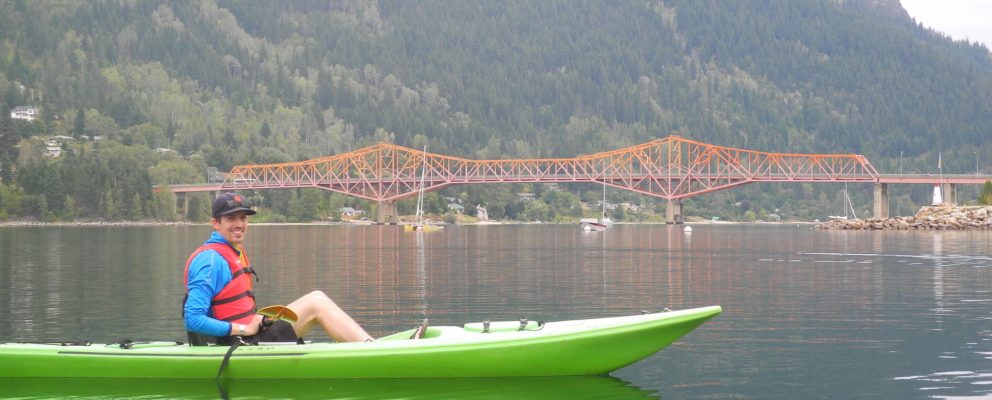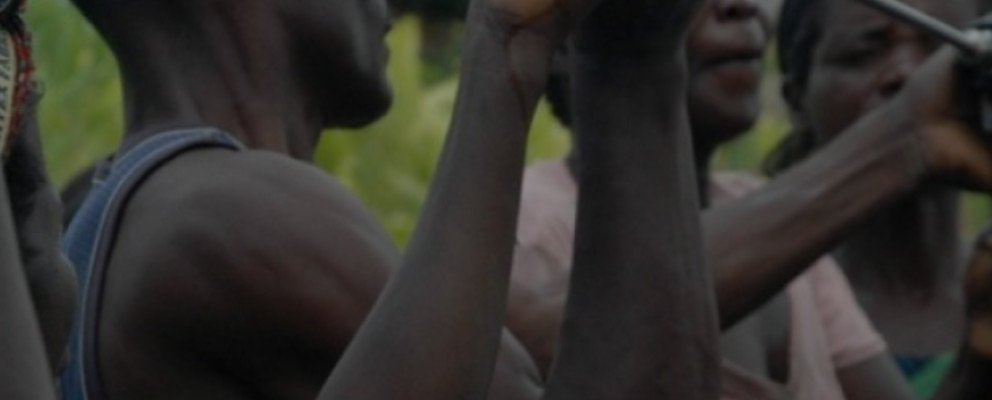
#NEM2017 stories: Nicolas Choquette-Levy, University of Calgary
EWB is celebrating National Engineering Month with stories from our community of awesome engineers! Technology is changing at a lightning speed and we need a mix of diverse, creative, curious, and rigorous thinkers to make sure we are innovative, stay ahead, and serve the world. “There’s a Place For You’“is this year’s theme for NEM and we hope you’ll be inspired by these stories to pursue your own exciting path in the field of engineering and technology.
About Me
Growing up, my two favourite magazines were Scientific American and Foreign Affairs. I loved to read about the latest breakthroughs in biotechnology, astronomy, and the environment, and I was equally fascinated by cultures and politics around the world. I’ve always tried to keep a foot in both worlds, and I studied biomedical engineering and international relations at university. When I was introduced to the concept of “systems thinking” – a science-based framework that can help explain the complex interactions between societies, policy and technology – it seemed like a perfect fit to merge these worlds.
Over the last five years, I’ve had the opportunity to continually refine my ideas about systems thinking while working in sustainability roles for the energy industry in Calgary, AB. I’ve been challenged by multiple projects to quantify and reduce the environmental impacts of resource development, but my most impactful experiences have been those in which I worked directly with indigenous communities in the province. As much as any formal training I’ve done, I firmly believe that learning about indigenous cultures has helped me become a better systems thinker.
Indigenous Perspectives and Systems Thinking
I still remember one of my first meetings in my new job. I was introduced to a group of individuals from industry, government, schools, and the community who were working together to chart a better future for two Indigenous communities in northern Alberta. We started with an icebreaker that had corporate vice presidents and school principals joining teenaged students in miming hip shakes, tennis racket smashes, and the latest dance floor moves, along with lots of laughter. It was far from the engineering work I had imagined I would be doing, but a refreshing change from the typical project meetings where people are always checking their phones!
Over the course of subsequent visits with Indigenous groups, I’ve learned about the importance of ceremonies, whether quick icebreakers or longer rituals such as smudges and pipe ceremonies, to mark important work and conversations. Collectively engaging our five senses in the present moment, while leaving behind our daily concerns and distractions, establishes a level of focus on the fundamental values and “slow variables” that truly shape our communities and systems.
These ceremonies also reinforce the importance of renewal and rebirth to Indigenous cultures. As one Metis leader recently told me, a belief in renewal requires one to accept that nothing is ever final; rather, we live in dynamic situations that require continual check-ins, adaptation, and rejuvenation. How could engineering projects be improved if they were conceived not as a linear process with a definite beginning and end, but rather as a circular journey that provides periodic opportunities for renewal?
“All My Relations”
Perhaps most fundamentally, I’ve learned that many Indigenous languages have a variant of a phrase that translates to “all my relations.” This phrase contributes to a way of seeing the world where everything is linked and fundamental to understanding all aspects of creation. We all play a part in forming each other’s identity, and in turn we collectively play a role in our communities’ identities; we draw strength and meaning from the natural world, and vice versa; and we are connected to our ancestors’ generations, and the generations to come. As the engineering profession is embedded in increasingly complex projects, I can think of no better guide to understanding our impact and responsibilities to the societies we serve.
How can you begin to incorporate Indigenous, systems-thinking perspectives in your work or organization? I am still just beginning my own journey, but I can offer a few tips. Reading books that explore Indigenous culture can be a useful starting point (John Ralston Saul’s A Fair Country and Wab Kinew’s The Reason You Walk have been helpful to me), and an understanding of the Truth and Reconciliation Commission’s work is essential. But I have learned the most by experiencing – through conversations with Indigenous friends and colleagues, and engaging in smudges and pipe ceremonies. If you are part of an organization, consider inviting Indigenous members to lead your group in a ceremony, or better yet, ask if you can partner with another group that is already organizing one. And remember that this is an open-ended journey that requires a lifelong commitment to learning and renewal.
How did you celebrate National Engineering Month? Let us know and join the conversation using #NEM2017!
